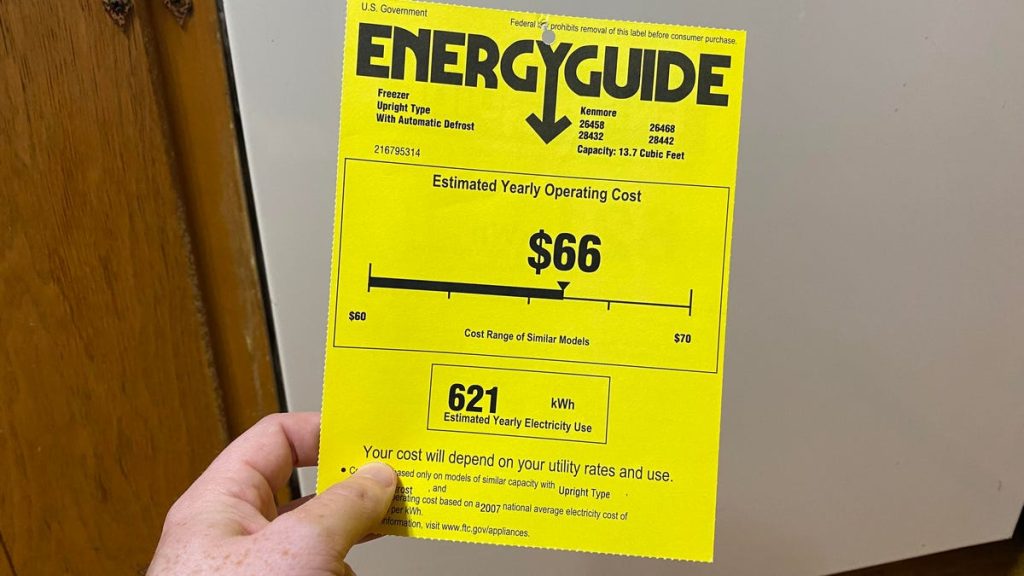Many homeowners are experiencing higher prices in various aspects of their lives and are looking for ways to lower their bills. Energy bills are a common area where people are feeling squeezed, as residential electricity bills in the US have been increasing year-over-year. One way to combat these increases is by paying more attention to energy usage, and tools such as EnergyGuide can help with this. The EnergyGuide label is a yellow tag found on appliances that provides consumers with an estimate of how much energy the appliance will use over the course of a year and the associated annual operating costs.
EnergyGuide labels are typically found on large appliances like dishwashers, refrigerators, and air conditioners. They serve as a useful tool for consumers to compare the efficiency of different appliances and make informed decisions. The information on EnergyGuide labels is trustworthy, as it is validated by government-sponsored and third-party labs and managed by the Energy Star program. Learning how to read an EnergyGuide label can help consumers understand the estimated yearly energy costs and electricity use associated with the appliance they are considering purchasing.
In addition to energy-efficient appliances, there are other ways homeowners can save on energy and reduce electricity or gas costs. Understanding which appliances or electronics are using the most energy in your home can help identify areas where upgrades or replacements may be beneficial. Technologies like heat pumps and heat pump water heaters can be more energy-efficient alternatives that reduce overall energy consumption. Installing smart thermostats, using dimmers and smart plugs, and sealing or insulating areas of the home can also contribute to reducing energy bills.
Energy Star-certified appliances are recognized for their energy efficiency and are among the most energy-efficient products available on the market. While Energy Star appliances theoretically save energy and reduce energy bills, there are many variables to consider. Homeowners can also save energy at home by upgrading to more efficient appliances, using smart plugs and light dimmers, and identifying areas of the home that may need insulation or sealing. Making small changes and upgrades to improve the energy efficiency of a home can ultimately lead to lower energy costs and a more sustainable lifestyle.


